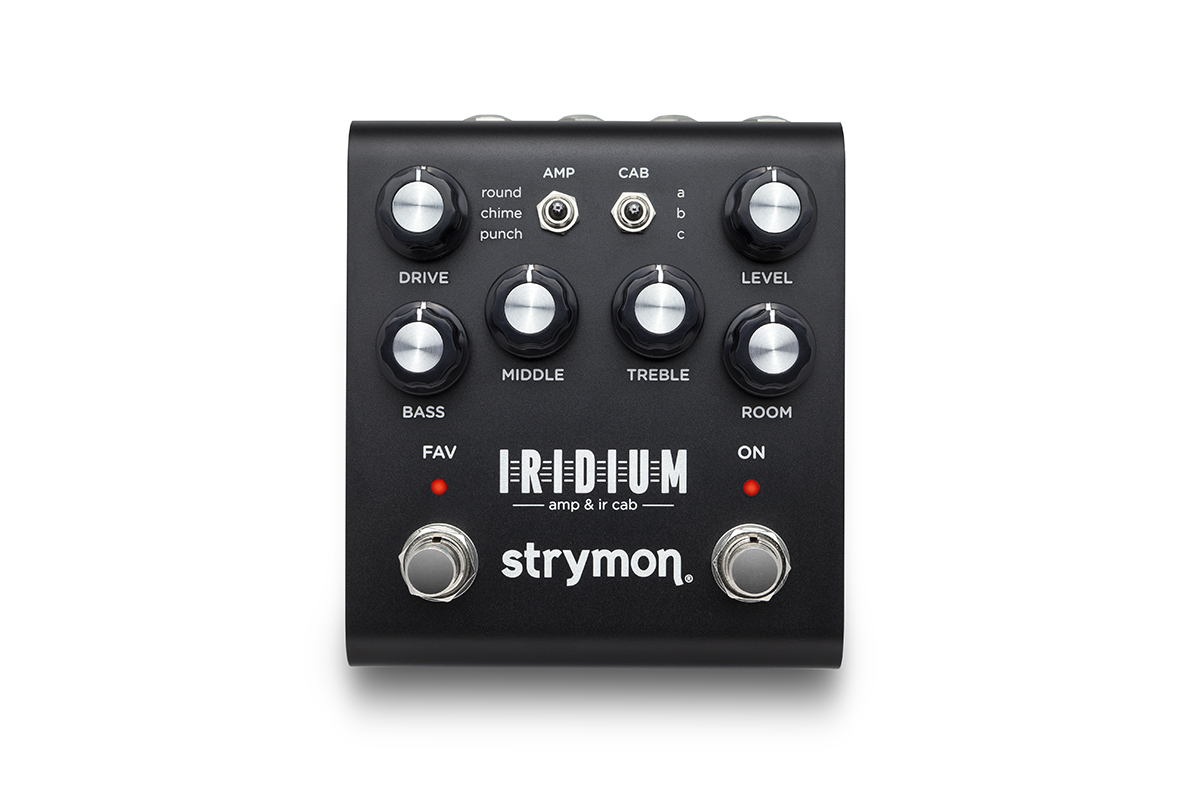

Nevertheless, that can be easily remedied by placing a boost pedal in front of it.ĪCS1: The ACS1 comes stock with a built-in boost that is accessible via its boost switch. Iridium: The Iridium doesn’t have a boost function within its circuits.

Read more: Every Strymon Reverb Pedal Compared Do you need a boost? Iridium: The main difference between the two reverbs comes in the fact that the Iridium has 3 different settings for its room sizes (small, medium, or large) for its reverb, while the ACS1 does not.ĪCS1: The ACS1’s one reverb knob does cover the gamut of no reverb to a large studio environment (similar to the Iridium) – but the separate room size presets on the Iridium does help if you prefer to fine-tune your reverb settings to the nth degree. This is a pretty nifty feature if you’d prefer to keep it minimal and would prefer not to have a separate effect pedal for your reverb needs. Just by adjusting the dedicated dial, you’ll be able to add lushness and space to your sound as you see fit.
#Strymon iridium series#
Studio-grade reverbīoth the Strymon Iridum and the Walrus Audio Mako Series ACS1 have a studio-grade room reverb in-built. Though, the Iridium has 24-bit 96kHz A/D and D/A converters while the ACS1 uses 24-bit 48kHz A/D and D/A converters. Both the ACS1 and the Iridium utilise 32-Bit floating point processing together with Sharc & ARM co-processors. Just in case you have to know what the tech specs are for the audio components. Of course, both the Iridium and ACS1 have amps models that are utterly amazing, but if you are really particular about your tones, these subtle differences might be something that you should keep a lookout for when you try them out! Conversely, all the amps on the ACS1 have a slightly shimmery and sparkly quality to them – a tonal characteristic that, to our ear, does shine on cleaner playing styles. In fact on our first play though, we seem to find that all amp models on the Iridium have slightly more gain on tap (due to its class-A JFET preamp circuit providing up to 20dB of pure analog gain) in comparison to the ACS1.ĪCS1: The Marshall-type amp on the ACS1 (the London), on the other hand, is modelled after the Bluesbreaker – one of the most influential tube amps in the world. The Iridium (the Punch), is based on the Marshall Plexi – an all-out rock’n’roll amp synonymous with a raunchy upper-mid roar and crushing lower-mids. The Iridium’s Punch has more gain stages and would be more suitable if you’d like to go towards a heavier direction. Iridium: While the amps emulated by the Iridium and ACS1 are the same for the most part, there is one divergent. Both the Strymon Iridium and the Walrus Audio Mako Series ACS1 follow the same tonal archetypes – with the units modelling classic amps from Fender (Deluxe Reverb), Marshall, and Vox (AC30). If you’re in the market for a really good amp modeller, you’d best read on! What amps do they ‘model’?įirst, let’s talk about the common ground between the two.
#Strymon iridium simulator#
Nothing else encapsulates the new generation of this amp modelling and cab simulator ethos more than the two contenders we will be comparing today: The Strymon Iridium and the Walrus Audio Mako Series ACS1. They sound great out of the box, are easy to use, and require minimal menu diving. Older variants may have had their fair share of complex menu navigation and digital artifacting – the current generation of amp modellers today are impeccable. With the miniaturisation and digitisation of amps, players these days have access to an assortment of great tones they can easily take to gigs or use to easily track high-quality guitar parts. While tube amps will always have a special place due to their ineffable qualities, amp modellers have gotten to the point where they have become really, really good. Unsurprisingly so, we’ve seen this innovation bloom filter down to guitar amps as well. Let’s face it! Guitar technology has changed drastically over the turn of the century. If you’ve been part of the electric guitar world for the past ten years or so, you would have undoubtedly heard these effusive praises pop up – especially so when the phrase “amp modellers” is brought to the fore.

“The ultimate compact rig”, “The perfect quiet home recording setup” and “Minimalist guitar gear for the most tones”.


 0 kommentar(er)
0 kommentar(er)
